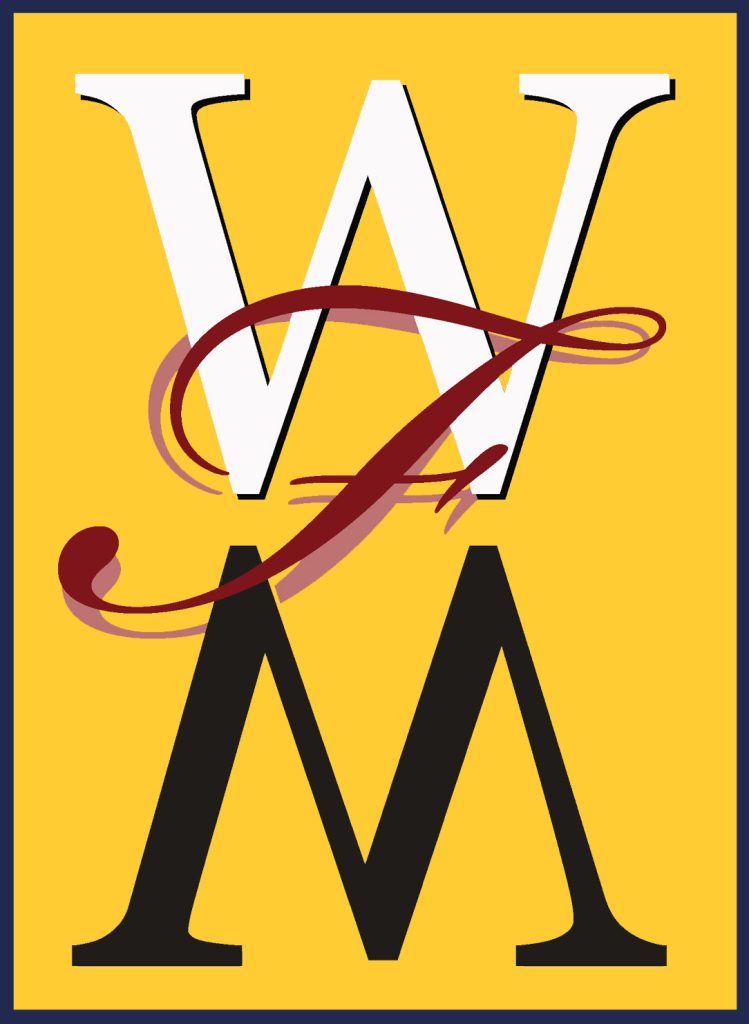Wolfgang Amadeus Mozart’s Clarinet Quintet, K. 581, was written in 1789 for the clarinetist Anton Stadler. A clarinet quintet is a work for one clarinet and a string quartet. Although originally written for basset clarinet, in contemporary performances it is usually played on a clarinet in A. It was Mozart’s only completed clarinet quintet, and is one of the earliest and best-known works written especially for the instrument. It remains to this day one of the most admired of the composer’s works. The quintet is sometimes referred to as the Stadler Quintet; Mozart so described it in a letter of April 1790.
The overall layout resembles a serenade and is in fact more or less the same as that of Mozart’s string trio, K. 563, in the same key, but Beethoven expands the form by the addition of substantial introductions to the first and last movements and by changing the second minuet to a scherzo. The main theme of the third movement had already been used in Beethoven’s Piano Sonata No. 20 (Op. 49 No. 2), which was an earlier work despite its higher opus number. The finale features a violin cadenza.
The scoring of the Septet for a single clarinet, horn and bassoon (rather than for pairs of these wind instruments) was innovative. So was the unusually prominent role of the clarinet, as important as the violin.
The Septet was one of Beethoven’s most successful and popular works and circulated in many editions and arrangements for different forces. In about 1803, Beethoven himself arranged the work as a trio for clarinet (or violin), cello, and piano, and this version was published as his Op. 38 in 1805 in Vienna. Beethoven dedicated the Trio Op. 38 to Professor Johann Adam Schmidt (1759–1809), a German-Austrian surgeon and ophthalmologist, and a personal physician of Beethoven, whom he attended to from 1801 until 1809.


